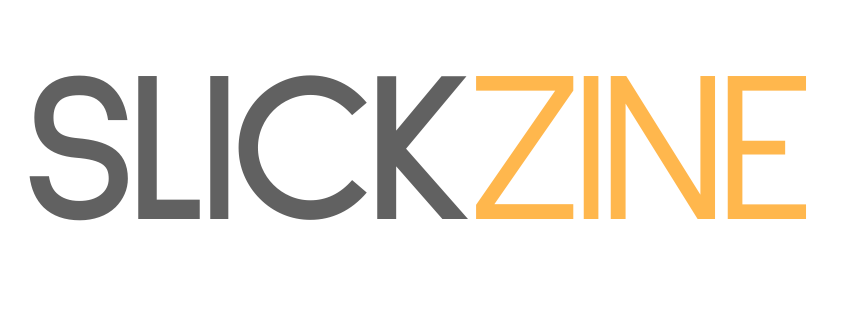The music industry is at the cusp of a radical transformation, propelled by the advent of Artificial Intelligence (AI). As we venture deeper into 2024, it’s crucial to explore how AI is not just altering the present landscape but also shaping the future of music. This comprehensive analysis delves into the ongoing evolution, highlights the potential of AI in music, and discusses the challenges and opportunities it presents.
AI’s Growing Influence in Music
AI’s role in the music industry is expanding beyond traditional boundaries. With the global music industry achieving an unprecedented milestone of over 4 trillion streams in 2023, the digital consumption of music is at an all-time high. AI technologies like advanced music search algorithms and AI-driven composition tools are redefining creativity and consumption in the music sector.
Revolutionizing Music Creation
AI is not just a tool but a collaborator in the music creation process. It offers novel approaches to composing, producing, and even performing music. AI algorithms can analyze extensive datasets to create unique compositions, pushing the boundaries of traditional music creation and opening new avenues for artists and composers.
AI in Music Distribution and Consumption
Streaming platforms are leveraging AI to revolutionize how music is distributed and consumed. AI-driven personalization in platforms like Spotify and Apple Music offers listeners a curated experience, enhancing user engagement and providing artists with valuable insights into listener preferences and behaviors.
Legal and Ethical Implications
With the rise of AI, new legal and ethical challenges emerge, particularly regarding intellectual property rights and the authenticity of AI-generated content. Tennessee’s pioneering ELVIS Act is a response to these challenges, aiming to protect artists and creators from unauthorized AI impersonations and misuse, setting a precedent for future legislation.
Personalization and Engagement through AI
AI’s ability to personalize music experiences is reshaping listener engagement. Tailored playlists, recommendations, and AI-generated radio stations are just the beginning. This personalization fosters a deeper connection between artists and their audience, opening new channels for interaction and discovery.
Challenges and Opportunities
Despite the opportunities AI presents, it also brings significant challenges. These include potential threats to the uniqueness of an artist’s work, copyright infringement issues, and the ethical implications of AI-generated music. Navigating these challenges is crucial for a balanced integration of AI in the music industry.
The Future Landscape of Music with AI
The future of music with AI is not just about technological innovation but also cultural and creative evolution. We can anticipate advancements in AI-powered music production, virtual reality concerts, and more immersive and interactive listener experiences. AI could potentially democratize music creation, allowing more people to create and share their art.
AI’s Role in Emerging Music Markets
AI is not just transforming the music industry in established markets but also in emerging ones. AI-driven analytics tools can provide insights into local music trends, helping artists and labels tap into new markets. Moreover, AI-generated translations and adaptations of songs can bridge cultural and linguistic barriers, broadening the global reach of music.
Conclusion
The integration of AI in the music industry marks a new era of innovation and challenges. As we embrace these technological advancements, it’s essential to address the associated challenges and ensure that the future of music remains vibrant, diverse, and sustainable. To explore more about AI’s role in transforming industries, visit Make AI.

 Careers2 years ago
Careers2 years ago
 General1 year ago
General1 year ago
 Travel1 year ago
Travel1 year ago
 Careers2 years ago
Careers2 years ago
 Culture1 year ago
Culture1 year ago
 Culture1 year ago
Culture1 year ago
 Entertainment1 year ago
Entertainment1 year ago







